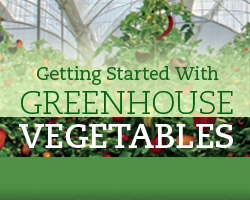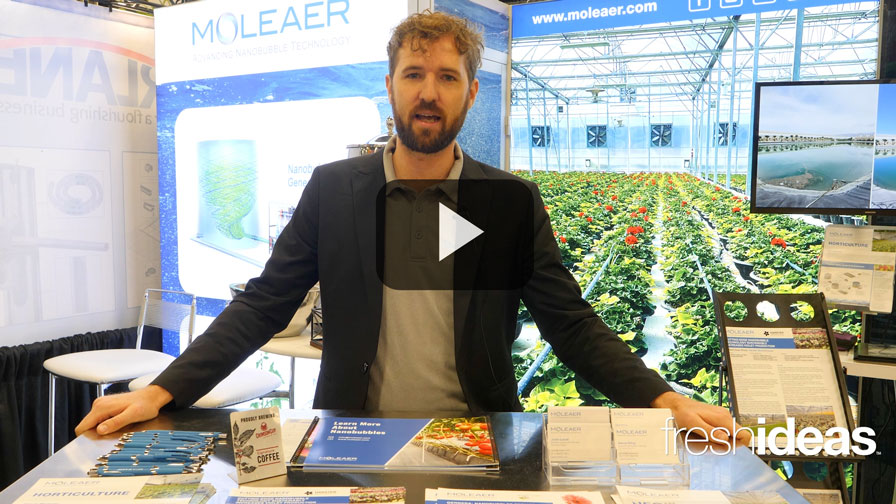Retrofits And New Equipment For Greenhouse Vegetables

Shifting production from ornamentals to vegetable crops can be relatively simple with regard to production. However, there are numerous components of a greenhouse that, with a bit of retrofitting, may result in greater efficiency and a better crop. This article will focus on basic elements a grower should consider before moving into greenhouse produce at any significant level.
Retrofitting a greenhouse is all about spending money to make more money. In many cases, a new crop like vegetables may be the easiest way to see new technologies impact the bottom line. However, the benefit of a new crop performance should not be overlooked. There are a number of points to think about before you try to grow vegetables.
1. Irrigation: For growers who have only grown bedding plants or flowering potted plants, adapting your irrigation practices to vegetable crops can be a challenge. There are several things you will need to consider.
Do you have enough watering capacity? Vegetables require as much as three-fourths of a gallon of water per day per plant in the fall period. The irrigation system can be linked to an irrigation controller for accurate water supply to the plants. Water must be supplied according to sun levels, and each plant will need its own dripper. You will need to keep a close eye on your water as well. A water collector should be installed under control plants in the crop. Drain water must be collected and monitored daily for EC and pH levels as well as the total drain water volume.
2. Heating: Once mature, tomato, cucumber and pepper plants are very tall – 8 feet or more. They will occupy the whole area from the ground to the top wires and are an obstacle to good air circulation.
You will need to make sure you have a heating system placed along the rows. Between each double row of plants, it is best to install a heat distribution plastic tube. Those plastic heating pipes will heat the crops and minimize fungal disease emergence. Holes punched along the plastic tube ensure good heat distribution.
3. Plant work. Vegetable plants require weekly care. There are only six to seven main tasks to perform with the plants: vertical staking, suckering, flower pruning, leaf pulling, plant lowering and fruit picking.
Tomato, pepper and cucumber plants will need to be attached to twine and trained to grow vertically. There are hooks with the length of twine required for a long crop. Growers can order the length of twine they want. The hook is attached to a wire (normally 14 gauge steel) located above the crop. There is typically one wire above each row.
In a typical greenhouse (21 feet wide), a grower will install three double rows and two single rows of plants. By the end of the crop when plants are tallest, you’ll likely need step ladders or even special carts to work the plants. For growers looking to devote a more permanent area to vegetable production, you may want to look into installing steel pipe rails and an electric pipe rail trolley with an adjustable platform height. Picking carts on wheels can help with harvesting the fruit which should be happening every other day at peak.
4. Fruit packing and conditioning: These days, most growers find it is an advantage to identify their product by size and date of packing. For growers just starting out with a smaller production area, sorting can be done by hand. As your production increases, you may want to consider investing in a good sorting machine.
Once the product is packed, it needs to be kept cool. A cooling room needs to be designed according to the volume you’ll need for storage.
5. Other considerations: Pollination is very important for tomatoes. You will need to order beehives for flower pollination. It can also be done by hand, but it is time consuming. Most greenhouse pepper and cucumber crops no longer require pollination.
There are many varieties of vegetables you can choose from. Some are even grafted to produce a certain length of crop or to help with disease pressures. Sit down with your seed suppliers; they will help you find exactly the right crops and varieties for your situation.
Converting greenhouses from housing traditional plants to edible production can be a complex decision to make. Many things need to be considered but if you start with only one or two greenhouses and rely on knowledgeable experts for advice, it won’t take long to get your facilities in shape. You will find out that you don’t need many adjustments to accommodate vegetable production.









